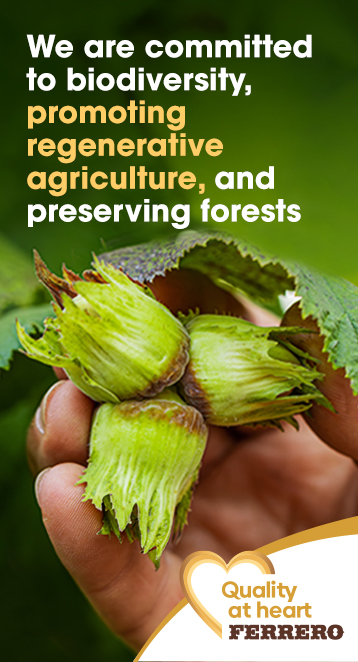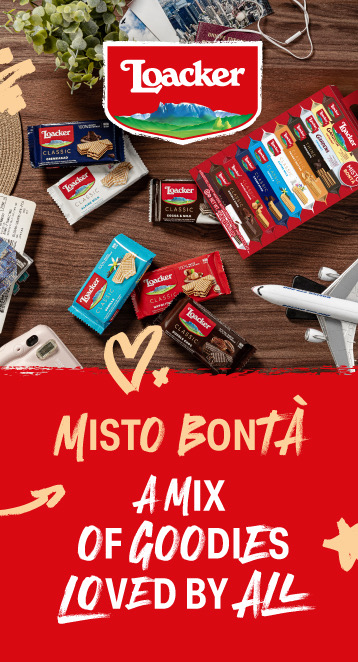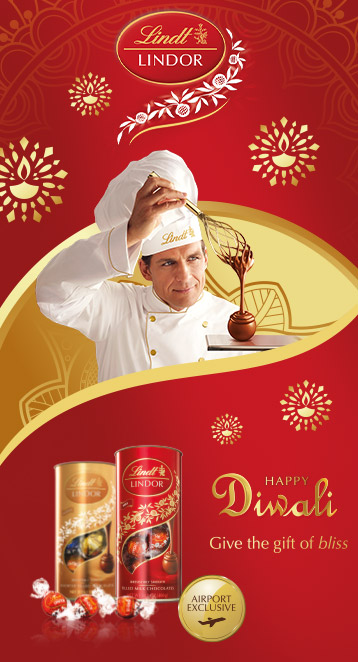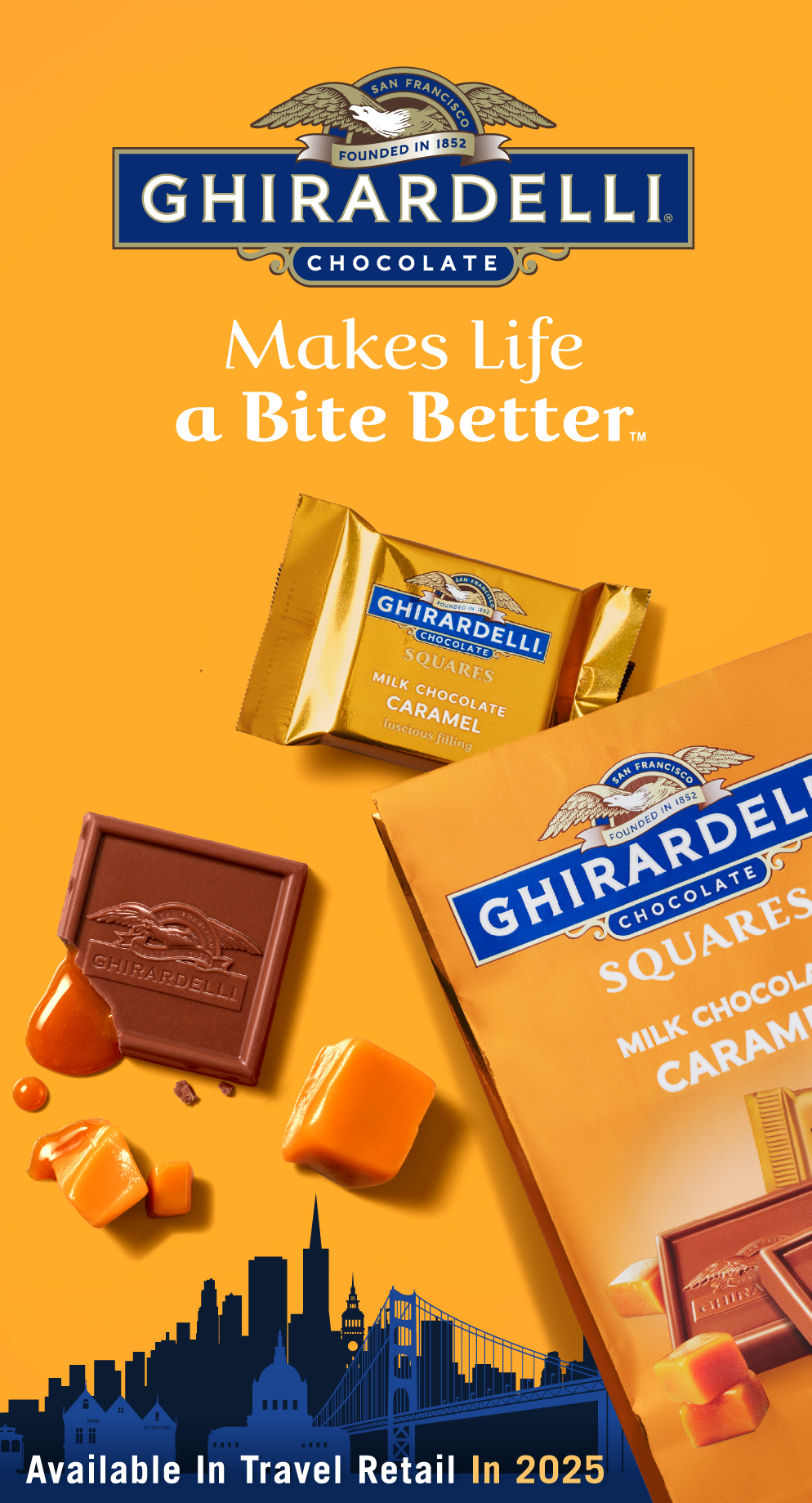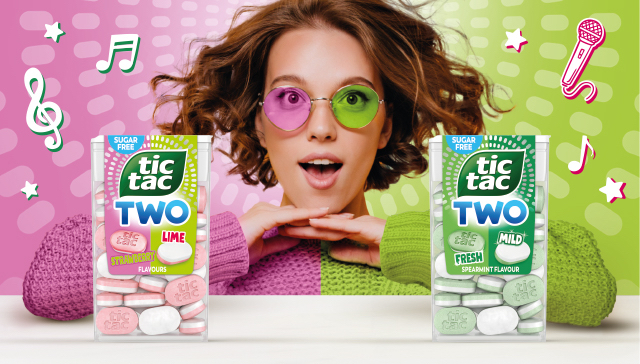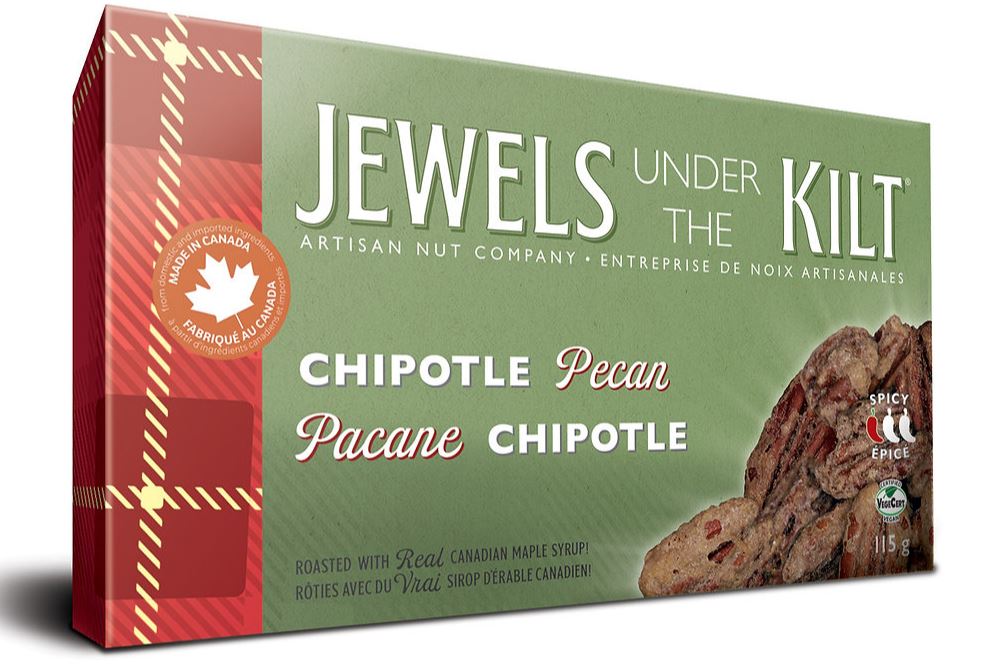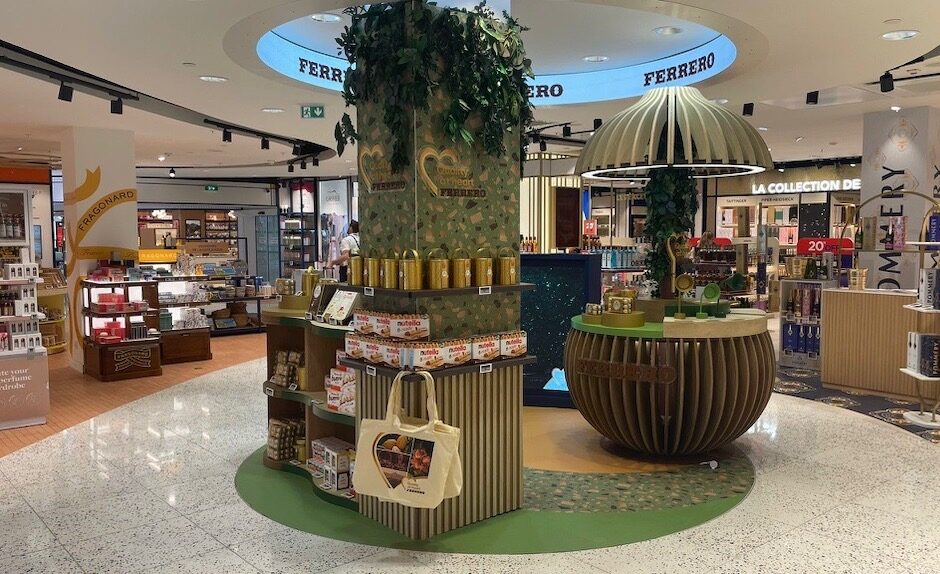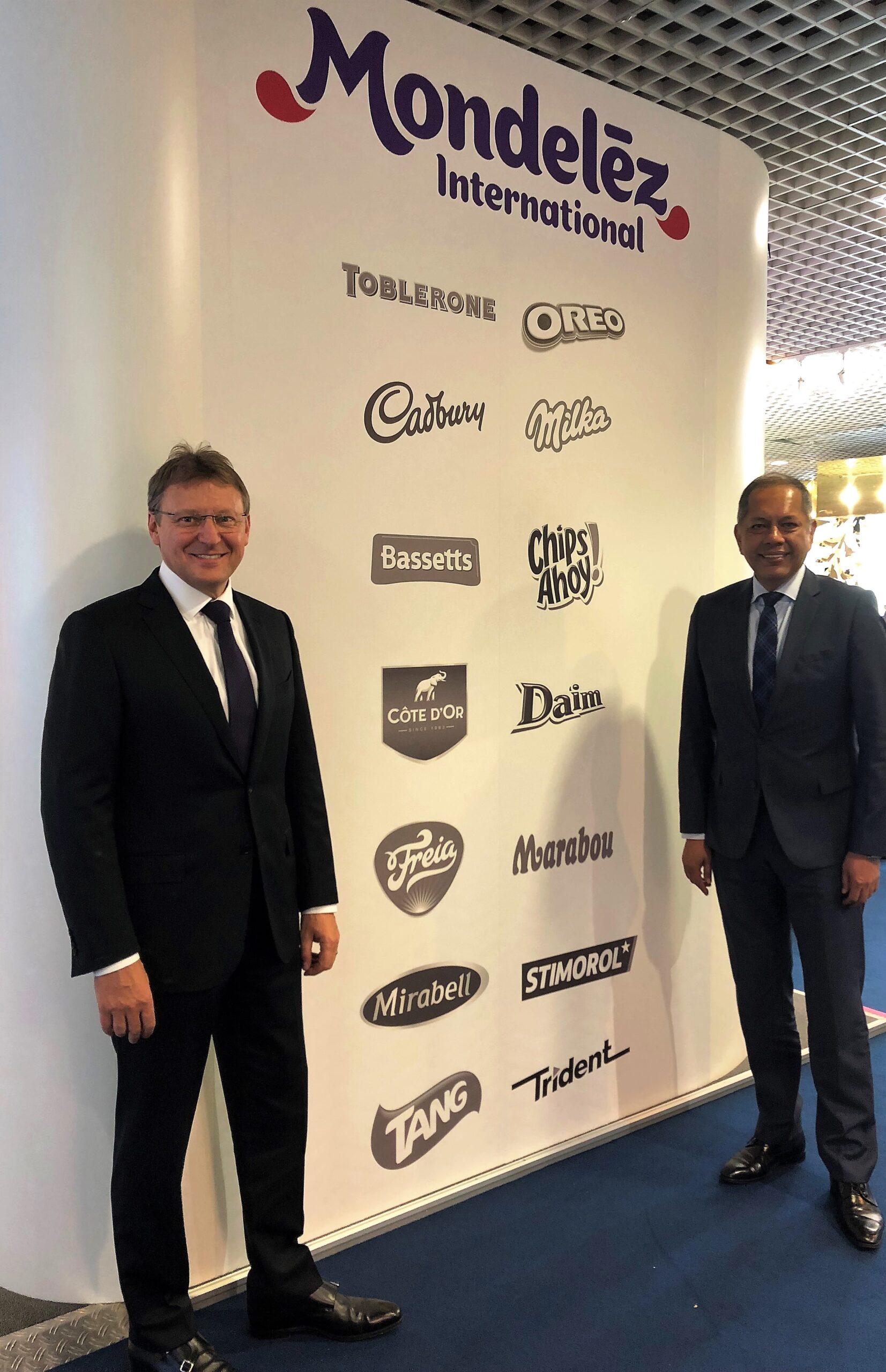
Introduction: Mondelēz International is a global giant of the confectionery and snacks business. The Illinois, USA-based corporation posted turnover of nearly US$26 billion and net income of over US$2.9 billion in 2017, generated by a star-studded portfolio that includes blockbuster international brands such as Cadbury, Côte d’Or, Marabou, Milka, Oreo, perennial travel retail favourite Toblerone and a host of local products.
Mondelēz, renamed from Kraft Foods in 2012, is a fusion of mundus, the Latin word for world, and delez, a twist on ‘delicious’. That blend and Mondelēz International’s mission “To lead the future of snacking around the world by offering the right snack, for the right moment, made the right way” finds perfect expression in the travel retail channel, a key global showcase for the company.
Mondelēz International President, Central Europe & EU Central Sales Juergen Leisse and Mondelēz World Travel Retail Global Sales Director Jaya Singh met Martin Moodie recently to discuss the channel and the big issues dominating company thinking.
From starting as an engineer in 1987 with Jacobs Suchard to President of one of Mondelēz International’s most important geographic divisions. That’s the unlikely career path of Juergen Leisse, who has enjoyed a long and distinguished career in the confectionery industry, culminating in his current role as President, Central Europe & EU Central Sales for Mondelēz International, which he assumed in 2015.
In between, Leisse, a qualified engineer, has held several senior leadership posts across Mondelēz International and its predecessor Kraft Foods (into which Jacobs Suchard, first via Philip Morris, was subsumed), including positions in Russia, Central Europe and Asia Pacific. When offered his current role, he jumped at it. “What I really liked, in particular, was the chance to get the responsibility for world travel retail and for European exports. I could not let that go,’’ he says with a smile.
“The international concept of travel retail and understanding the consumer around the world is for me fascinating. It is always nice to have a door into the world, which world travel retail is all about. So overall, I have one foot in the country door and the other one in the open door which is world travel retail.”
Since 2017, his division has integrated Switzerland (classed as part of the company’s Central Europe division) with world travel retail, underlining the critical and inter-related importance of the two markets. At the end of March 2018, the company named Jaya Singh, a 25-year company veteran, as Mondelēz World Travel Retail Global Sales Director, heading world travel retail, European Export and Business Switzerland, replacing the much-respected Andreas Fehr and reporting to Leisse.
“Travel retail is global. It is versatile. It is fast. It is impulse.’’
While travel retail commands a far smaller internal share for confectionery giants such as Mondelēz International compared with, say, beauty, luxury or spirits houses, Leisse says the channel is of prime and growing importance. “The most important part is that consumers love it. There is a consumer entertainment element to it. The amount of time people are spending at airports or in ships when they’re traveling from one country to the next, and the amount of time they spend in duty free zones – and within those, confectionery areas – is increasing.
“Andreas and the team did a fantastic job over time to boost Toblerone, for example, to what it is today. When you look back 50 years, Toblerone was a good brand. Now we see it’s a world-leading brand.’’
“There is a lot of channel dynamic. It is global. It is versatile. It is fast. It is impulse. We are not the best on the planet when it comes to impulse business and here is an area we can learn, because this channel is all about impulse. We are also transporting the lessons we are seeing in our world travel business as far and as well as we can into normal [local market] retail. So, it’s a fascinating learning opportunity as well.’’
Leisse believes there has been a significant qualitative lift in the way confectionery and related foods are represented in airport retail. But there has been an equally important shift in consumer buying habits within the category, from buying for gifts to buying for sharing, he says. “We see more and more that the trend goes into the sharing corner,” Leisse comments. “That is what we’re seeing at the moment with biscuits, which is growing four times faster than chocolates, and which is more about sharing than gifting. So, we try to lever that with our biscuit portfolio.
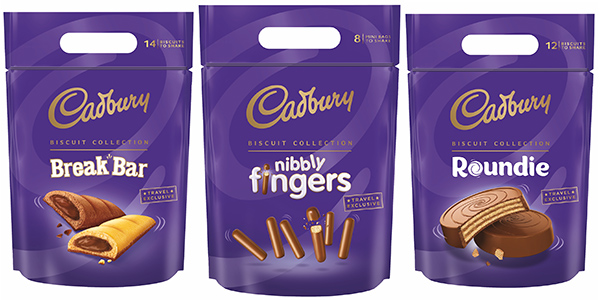
“Jaya and his team are doing a fantastic job of leveraging the opportunity we have. And we are using new technology, so we can be fast. What I really like is that Jaya and his team have brought a bit more speed to market. It doesn’t take weeks anymore until you get product [to market]. It is almost on the spot, which is fantastic.
“The speed and quality of execution is something people really like and that is the feedback we are getting, so we are very close to the consumer’s heart. We understand where the trends are. They [the consumers] understand where the trends are and follow you. So, it is a fascinating channel, I must admit.”
People and planet – Sustainability and the environment
Mondelēz places an increasingly heavy emphasis on ethics and sustainability. Globally it has a programme dubbed ‘Impact for Growth’, which it describes as “a commitment to driving business growth with positive change in the world”.
“Our future is rooted in helping people snack in balance and enjoy life with products that are safely and sustainably sourced, produced, and delivered,” the company says. “To realise this purpose, we empower the well-being of our colleagues, communities, farmers, and consumers while making smart and sustainable use of natural resources to reduce our environmental footprint.”
[Click on the icon to view the company’s latest Impact for Growth video.]
How does such an ostensibly noble programme find voice in travel retail? Alongside safety, sustainability and community, one of the four tenets of Impact for Growth is a focus on well-being snacks, a sector in which the company aims to be a global leader. Leisse’s team recently conducted a consumer survey of over 5,000 people to understand the trends of modern living and consumer expectations. “We try to bring snacking more and more to consumers’ lives, making sure that we support them through the day,” he says. “Snacking is the trend of today and tomorrow. We know that people move away from three meals a day to snacking regularly.
“We try to support them by making sure that the daily intake of calories is managed. In consequence, we are looking at portion control and making sure that people can have their little piece of chocolate and indulge a bit but keep their consumption under control.
“We are bringing such products to life. We just launched Cadbury Dark Milk, which has 20% less sugar. In addition, there are trends such as gluten-free, lactose-free, less saturated fats, less sugar. That is something we cannot ignore, and we don’t.”
“We truly believe that cocoa consumption will go up so, in consequence, we need to ensure that they [the growers] have a good life, where it is really worth planting cocoa.’’
Then there is sustainability. Leisse highlights a company concept called Cocoa Life which he says is “really close to my heart”. Mondelēz describes the initiative, launched in 2012, as a holistic, third-party verified cocoa sustainability programme grounded in strengthening cocoa communities and inspiring the next generation of cocoa farmers. It is focused on six key cocoa-growing countries – Ghana, Côte d’Ivoire, Indonesia, India, Dominican Republic and Brazil.
[Click on the YouTube icon to view the latest Mondelēz International on Cocoa Life.]
Leisse points out proudly that Mondelēz is spending over US$400 million by 2022 supporting cocoa farmers around the world. “We simply want to make sure that the upcoming generation has a future and has an interest in cocoa through having a sustainable income,’’ he says. “We want to make sure that we have cocoa tomorrow. We truly believe that cocoa consumption will go up so, in consequence, we need to ensure that they [the growers] have a good life, where it is really worth planting cocoa.’’
Provenance of supply is also key, he says, highlighting the company’s Harmony sustainable wheat sourcing initiative, which began in France, for its huge biscuit business. Last June Mondelēz International announced the extension of Harmony to cover 100 percent of its biscuit brands in the European Union by 2022, up from 60 percent of EU biscuit production in 2017. Harmony currently involves 1,700 farmers, 13 millers and 21 cooperatives across six markets (Belgium, the Czech Republic, France, Italy, Poland and Spain), figures that are set to grow substantially over coming years.
“We’re making sure that the wheat we are using for our biscuit production in France is coming from local farmers,” Leisse explains. “So, we are not transporting the wheat long distances to our factories. And yes, there is a gain from the consumer side as well.’’
“We see this localisation, this tendency back towards local and regional brands and we are investing much more now in them. We are balancing the power brands.’’
Championing local heroes
Leisse feels very confident about the future of the global confectionery market and of Mondelēz International’s place within it. “What I really like is that confectionery and snacking are growing. We were able to grow in the last couple of years, so when we look into 2019 and beyond, we really feel good. This is particularly because of the brands we have. We have super strong brands – such as Milka, Cadbury, Toblerone and others.’’
But it’s not just the international blockbuster brands that are garnering all the company’s attention. Mondelēz International is also championing what Leisse terms the “local heroes” across multiple markets, brands such as Sport in Hungary and Opava in the Czech Republic. “That is something new,” he says. “There was a strategic path announced a couple of years ago where we tried to leverage the power brands around the world and we focused on them.’’
But that strategy was swiftly tweaked. “We clearly got the message from our consumers that they want to keep their local brands in their hearts,’’ Leisse comments. “They want to see their local brands more often. They are all going back to their childhood memories. So, what we see is this localisation, this tendency back towards local and regional brands and we are investing much more now in them. We are balancing the power brands. Whatever the consumer wants from us, we will give them. In consequence, local brands will play a major role in the future.’’
Digital communication and consumer engagement are playing an increasing strategic role for the company. “The overarching theme is that we want to be where the consumer is and in consequence, we are investing a lot of money into consumer insights,” says Leisse.
[This video highlights how Mondelēz World Travel Retail teamed up with Dufry to introduce a multi-dimensional Toblerone gifting experience at the retailer’s ‘new generation’ store at Zürich Airport last May. Note the focus on personalisation within the film and the pictures below.]
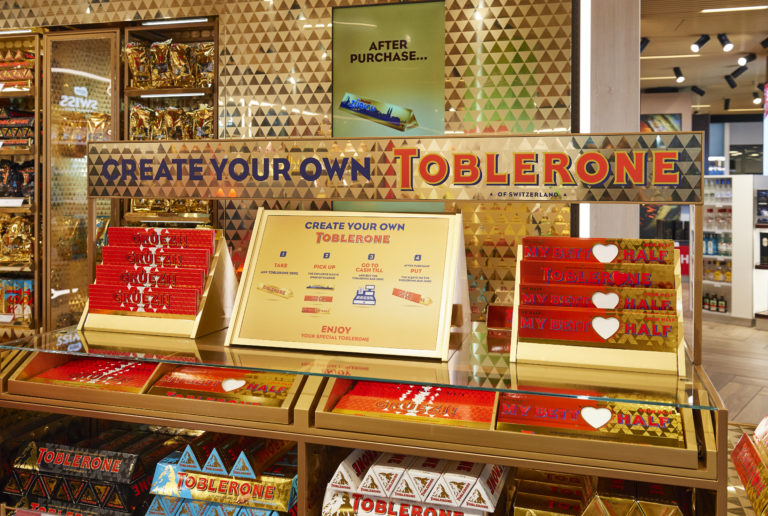
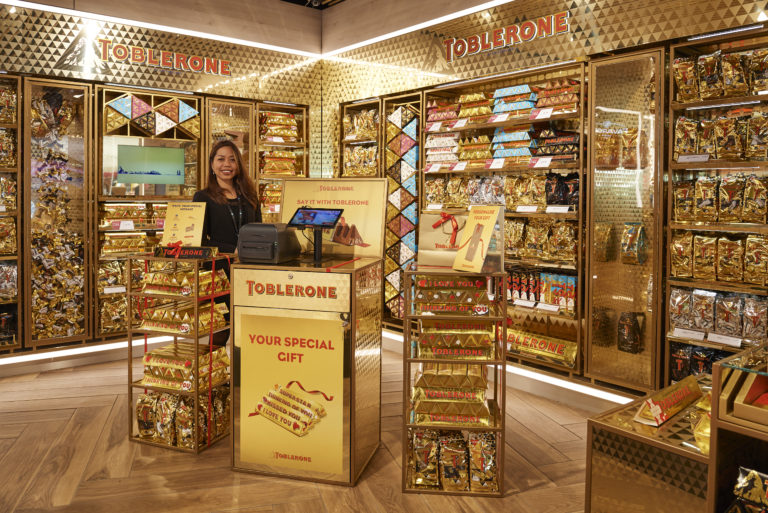

[This film portrays Mondelēz World Travel Retail teaming up with World Duty Free last year to bring ‘the beautiful game’ of football to travellers at London Stansted Airport via digital technology.]
“We know where consumers go and so we try to play a good role when it comes to online and digital.” But however the market changes, whether it be in lifestyle trends, retail channels or method of engagement, one thing will stay constant. “We will always sell chocolate. Maybe in a different way and maybe in a different size, maybe with less sugar, maybe with less saturated fat. But, yes, it is still the core and people, thank God, still love chocolate.’
“It is so nice to have a little bit of chocolate in the evening to reward yourself. That is what I grew up with and it is the heart of our company.”
Spoken like a true chocolate salesman. So, other than the product, what excites him most about going to work each day? “It’s my team, actually. The whole success we are having right now is built on the team I have. It is the best. I have been in the business 30 years. When you are younger you are a part of the team and then I got the opportunity to create my own team in 2015 and trust me, I have the best I could ever imagine. It is just brilliant.
“We have done well in the last couple of years. In consequence, we are in a good mood and we keep on driving. There’s a positive intent. And on top of all that, I love chocolate.”
His degree in engineering may not have led him down the life path he expected but it’s clear from his infectious enthusiasm and his passion for both the company and its core product that Juergen Leisse doesn’t regret a single step of the journey.
Jaya Singh on finding travel retail’s secret formula When he assumed the title of Managing Director World Travel Retail, European Export and Business Unit Switzerland last April, Jaya Singh felt what he calls “an enormous sense of privilege” at the opportunity.
Two decades later, not only impressed but inspired by his now predecessor to stay, Singh says, “I’m very humbled by the opportunity given me to do travel retail, because I love the business. “I get out of bed and I’m looking forward to the day. I get in early before everybody comes in because I can settle a few things. And then when it starts at 8:30, I’m just engaged. “I’ve always believed that the key to a successful business lies in a successful team. And for Juergen and I as leaders, the only thing that we ever need to do is create space in which the people that you know and trust can express themselves. I’m very humbled and fortunate to have that going for us.’’
Singh is looking forward to the future with confidence as the company plots an exciting innovation platform across products and communication. “We’re not just selling chocolate,’’ he says. “We’re developing unique experiences, of which digitalisation and engagements in a digital way is the new wave. The brand and the product and the category are a part of that. I’m confident that we’re doing things right, as really befits the hard-won title of market leader. My mind gets blown away by the possibilities that are out there and it’s just fascinating.’’ Singh is not in the slightest way fearful of the online and digital revolution that is now such a backdrop to all retail channels worldwide. He says: “I hear so many things about online being a threat to the classic domestic bricks and mortar, and the pricing levels being a threat. “They’re not unimportant, but the way I view it is that airport shopping is a unique experience, online shopping is a unique experience, downtown shopping is a unique experience. But they are different experiences. With those different experiences, people pay different rates. “We should not consider online as a threat, just as a different experience. We should focus on what we can do in driving the airport experience so that the value creation is evident for everybody. And that will drive the robust growth going forward.’’ Growth is not just about rising passenger traffic numbers, of course, but of converting more of those passengers into buyers. Is there a commercial elixir to increase retail penetration? Singh replies: “I think you need to really understand the historical drivers of conversion. It wasn’t just pricing and it wasn’t just about visibility alone. We know that the secret formula to conversion, which is a number, lies in the engagement, which is not a number. So how does a non-number lead to a number that’s measurable?” It’s a neatly intellectualised summing up of an enduring industry challenge but Singh says that it’s important not to overcomplicate things. “I’m just a simple chocolate salesman at the end of the day but what I tell myself is that if we can get the qualitative elements right, of engagement, which we’re doing with our different digital experiences, and if we understand what the consumer and the shopper want today, especially the millennials, then conversion is the outcome that will fall into place.’’ |





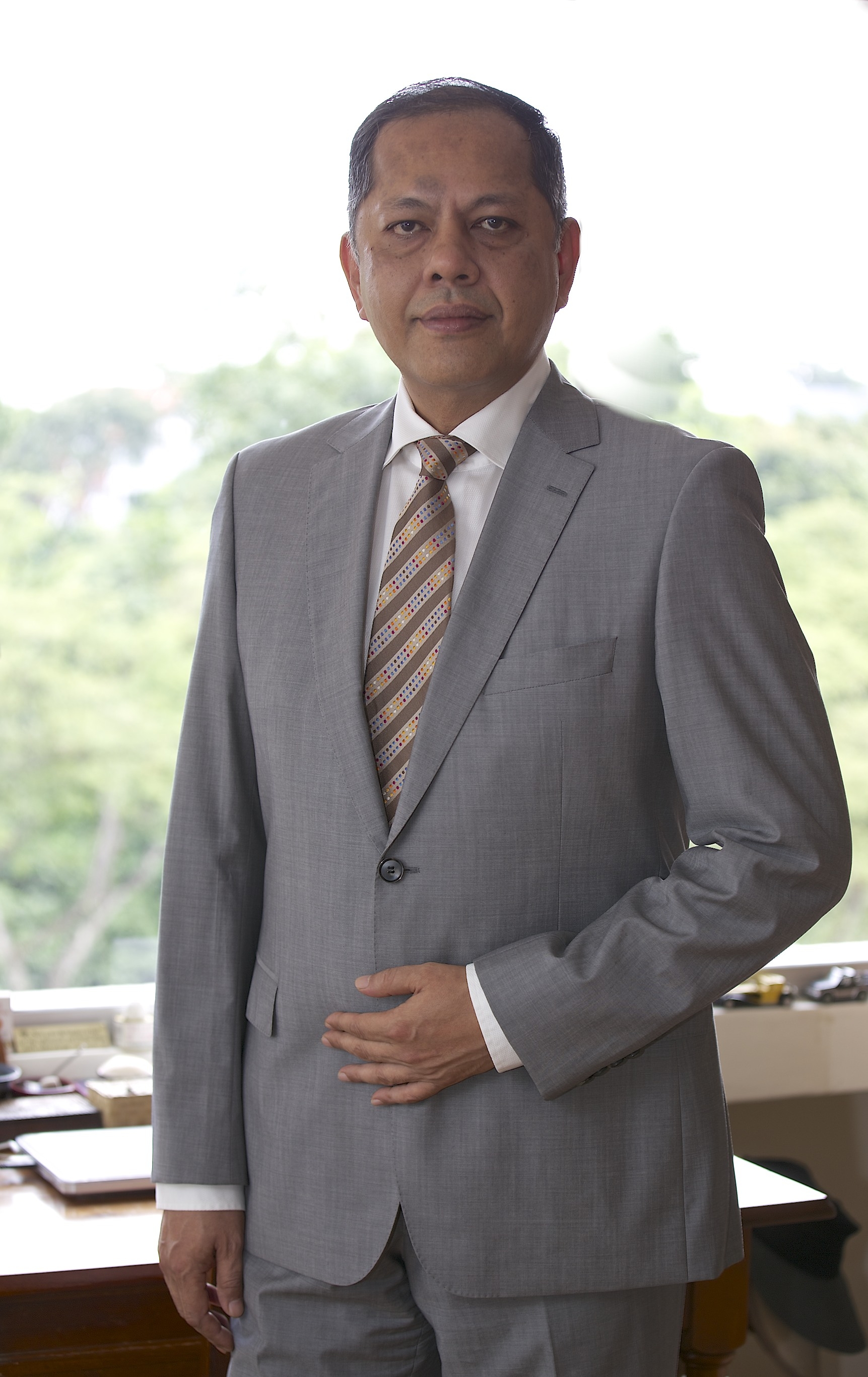 Singh, a much-respected figure in the travel retail community for many years (he’s a former APTRA President and a current member of the TFWA Management Committee), recalls first meeting the man who would turn out to be his long-time boss, Andreas Fehr, at the Hyatt hotel in Hong Kong during an interview for an Asia Pacific travel retail leadership role. Impressed by Fehr, he decided to take the offer and “give it two to three years”.
Singh, a much-respected figure in the travel retail community for many years (he’s a former APTRA President and a current member of the TFWA Management Committee), recalls first meeting the man who would turn out to be his long-time boss, Andreas Fehr, at the Hyatt hotel in Hong Kong during an interview for an Asia Pacific travel retail leadership role. Impressed by Fehr, he decided to take the offer and “give it two to three years”.